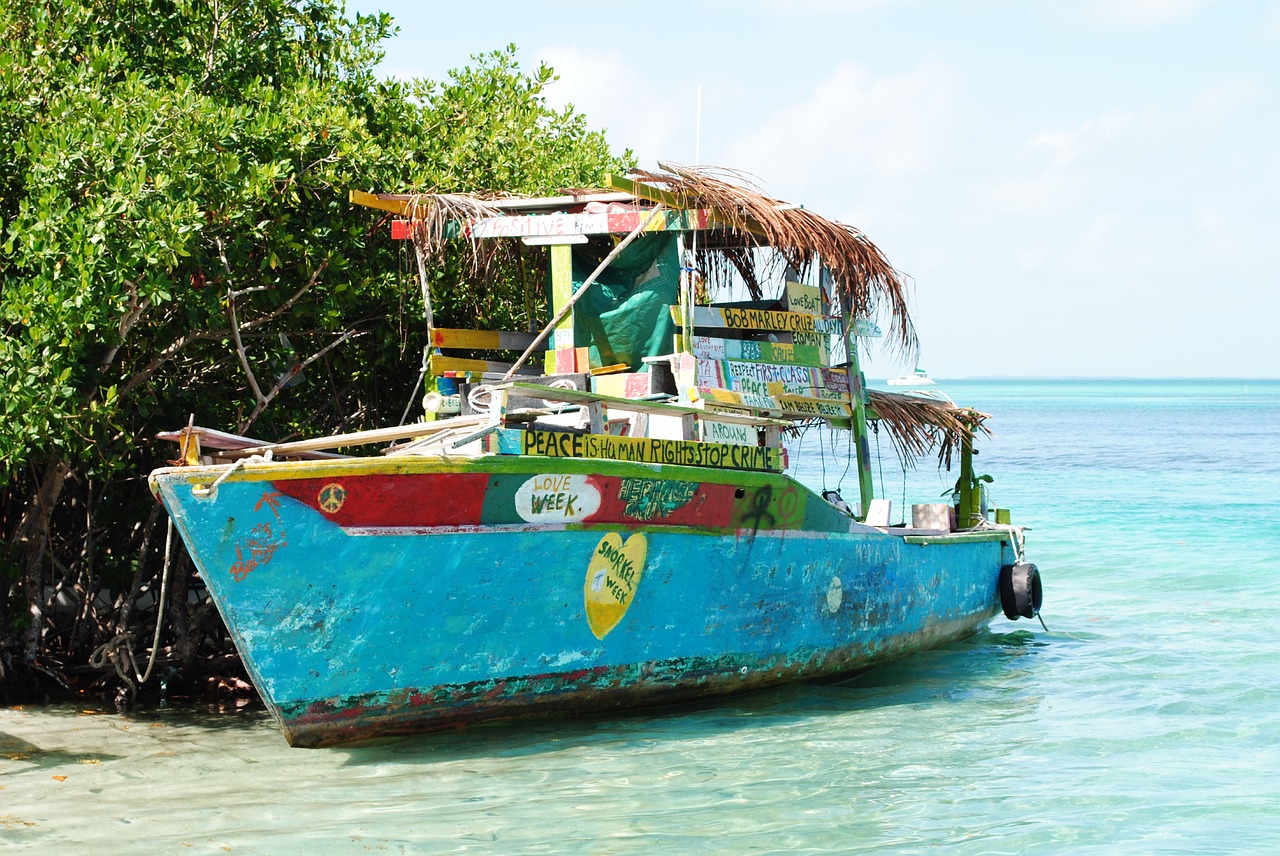
The region that's coming into its own as a study abroad destination
By The StudyAbroad.com Team
Published October 4, 2011
Central America is finally coming into its own. For too long a time, it was justifiably considered to be a dangerous location for students and tourists alike. At least, that is, for some of the constituent countries. El Salvador, Honduras, Nicaragua, and Panama were all sites of some sort or another of civil unrest or crooked governments or foreign military intervention. But now, finally, things have not only calmed down but also become quite appealing to travelers, students, and adventurers!
Because of a number of failed governments and equally unsuccessful policies of non-Central American countries, the region had fallen into disrepute. But today, the fascinating blends of cultures, gorgeous tropical weather, and famously friendly people have put Central America back on the map.
Central America History
Historically, Central America is a fascinating mix of indigenous cultures and influences from the European colonial powers that occupied the region, most famously, of course, Spain. "In pre-Columbian times, most of modern Central America was part of the Mesoamerican civilization. The Native American societies of Mesoamerica occupied the land ranging from central Mexico in the north to Costa Rica in the south...[This civilization] gave rise to a group of stratified, culturally related agrarian civilizations spanning an approximately 3,000-year period before the European discovery of the New World by Columbus. [They include] the Olmec, Zapotec, Teotihuacan, Maya, Mixtec, Huastec, Pipil, Totonac, Toltec, Tarascan, and the Aztec."
It is the coexistence of the Pre-Columbian cultural remnants with the colonial and modern ones that make Central America so fascinating. And as for the individual countries, none is as popular among tourists and students as Costa Rica. The combination of its unmatched biodiversity and support of students and researchers from all over the world make it a must-see destination, even for those who choose not to attend college there. It is "[o]ne of the most stable countries in Latin America...[and] has a long democratic tradition, a literacy rate of over 90%, and no army." Also, its official language is Spanish, which makes it easy for many students to study there, as more and more Americans are either being brought up in Spanish-speaking homes or learning the language in school.
Belize, too, has become quite popular. Indeed, it is "an adventurer's paradise… Mayan temples tower above rainforest canopies while an incredibly colorful array of marine wildlife find protection in Belize's Great Barrier Reef." For those with an interest in the natural world and a penchant for the outdoors, Belize is the perfect country in which to study. In the rainforest alone there are more than 500 species of birds – more than even the most dedicated ornithologist could track in years.
As for the educational institutions of Central America, they are improving. Many American colleges and universities run study abroad programs in Central America, and they are consistently among the most popular ones. And though full-time study by Americans has not been traditionally popular, it is certainly gaining in this regard.
Schools like the National University of Costa Rica and the Technological University of Panama have helped raise the reputation of collegiate education in the region.
So though Central America is not traditionally one of the most popular destinations for full-time collegiate study, it should not be discounted. The region is in the middle of a bit of a renaissance, and full-time college students will have a front-row seat. Education doesn't get much better than that.
The Caribbean/West Indies
The rest of the Caribbean, long referred to as the West Indies, is comprised of over 7,000 islands – some cays, some inlets, and some inhabited reefs. Geographically, the West Indies is considered all of the islands southeast of the Gulf of Mexico, north of South America, and east of Central America. Major island countries include Cuba, Jamaica, Haiti, the Dominican Republic, St. Kitts and Nevis, Antigua and Barbuda, Dominica, St. Lucia, St. Vincent and the Grenadine, Grenada, Barbados, and Trinidad and Tobago.
After many years of being continually fought over by great military powers, the West Indies are now a blend of African and European cultures and languages. Over the last few decades, the West Indies/Caribbean has become a premier vacation destination with tens of thousands of people visiting each year.
One of the main island countries, Grenada, is growing in popularity. Economic progress in fiscal reforms and prudent management have boosted annual growth to 5-6%. This volcanic island is laced with several small rivers and beautiful waterfalls that flow from the mountains. Just imagine sitting on a mountain overlooking to Caribbean Sea while studying abroad in the West Indies – sounds amazing!
